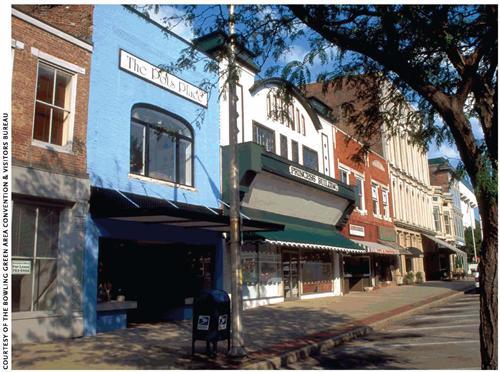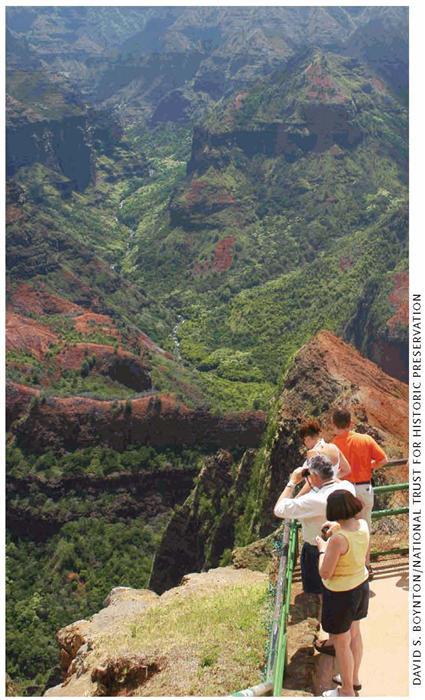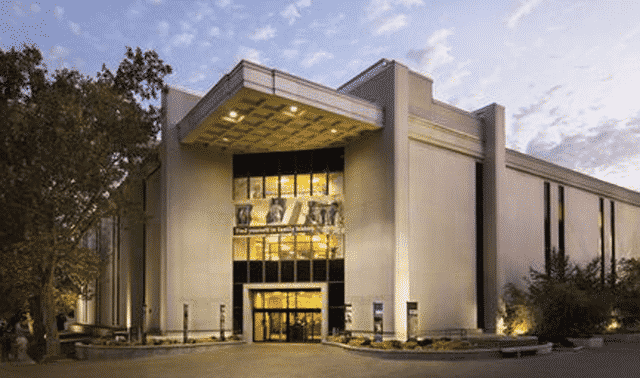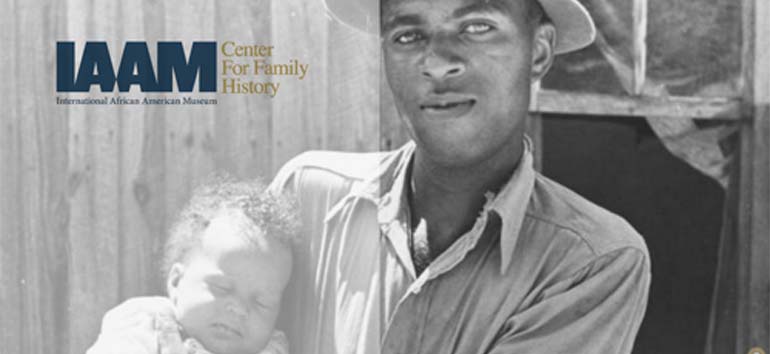Sign up for the Family Tree Newsletter Plus, you’ll receive our 10 Essential Genealogy Research Forms PDF as a special thank you!
Get Your Free Genealogy Forms
"*" indicates required fields
Genealogists looking to mingle with history during their summer getaways may not have to venture far. Earlier this year, the National Trust for Historic Preservation <www.nationaltrust.org> announced its annual list of the country’s Dozen Distinctive Destinations — charismatic communities across America that have successfully managed growth, preserved historic architecture, retained local businesses and fostered cultural diversity.
“These 12 communities represent a truly distinctive slice of America,” says National Trust president Richard Moe. Their residents have fought the forces of economic upheaval and modern sprawl through legislation, zoning codes and revitalization, making the following places — selected from 93 nominations — great for stepping into the past.
The National Trust for Historic Preservation’s Main Street program has helped Bowling Green, Ky., revitalize its 1800s-era business district while preserving its old-fashioned character.
• Arrow Rock, Mo.: Wooden sidewalks and 19th-century canopied buildings evoke the history of this Missouri River town where Santa Fe Trail travelers stopped. The Lyceum Theater, a former church, hosts Broadway-caliber shows every summer.
• Bartlesville, Okla.: Oil strikes here brought barons such as Frank Phillips, whose country retreat and 26-room mansion welcome visitors. Frank Lloyd Wright’s only skyscraper, the Price Tower, is downtown.
• Bowling Green, Ky.: See Civil War sites, a 1925 L&N Depot and the Lost River Cave, an underground urban nature reserve where Jesse James reportedly hid out.
• Lewes, Del.: First settled by the Dutch in 1631, Lewes sits where the Delaware Bay meets the Atlantic Ocean. Its colorful maritime heritage shows in neighborhoods such as Pilottown, which river and bay pilots called home.
• Milwaukee: Sites including the 1892 Pabst Mansion and the Miller Brewing Co. (where you can see the caves that chilled Frederick J. Miller’s beer in 1855) celebrate Milwaukee’s famous past.
• Monterey, Calif.: Waterfront district warehouses — once home to the sardine-packing industry John Steinbeck immortalized in Cannery Row — now shelter shops and restaurants.
• Palm Springs, Calif.: Celebrities from nearby Hollywood fueled a postwar explosion of unique buildings here, giving rise to a style known as Palm Springs Modern.
• Philipsburg, Mont.: This former mining boomtown is home to Montana’s first silver mill — the Hope Mill — and its oldest jail, opera house and operating school.
• Prescott, Ariz.: Founded in 1863 as a raucous mining camp, Prescott later gained prestige as Arizona’s territorial capital. More than 700 buildings claim spots on the National Register of Historic Places.
Mark Twain called the 3,567-foot-deep Waimea Canyon, site of a 13th-century irrigation canal, the “Grand Canyon of the Pacific.”
• Saranac Lake, NY: “Cure cottages” — boardinghouses with wide porches — still dot this town, reinvented as a health resort when a tubercular doctor found his cure here in 1876.
• Waimea, Kauai, Hawaii: This was Hawaiian royalty’s winter capital in ancient times and Capt. James Cook’s landing spot in 1778. Historical places include the Russian Fort Elizabeth and Menehune Ditch, Polynesians’ immense 13th-century irrigation system in a picturesque canyon.
• West Chester, Pa.: The past permeates this 207-year-old former Quaker town’s cozy 1.8 square miles, where you can steep yourself in the Chester County Historical Society’s museum and library.
From the August 2006 issue of Family Tree Magazine.
ADVERTISEMENT






